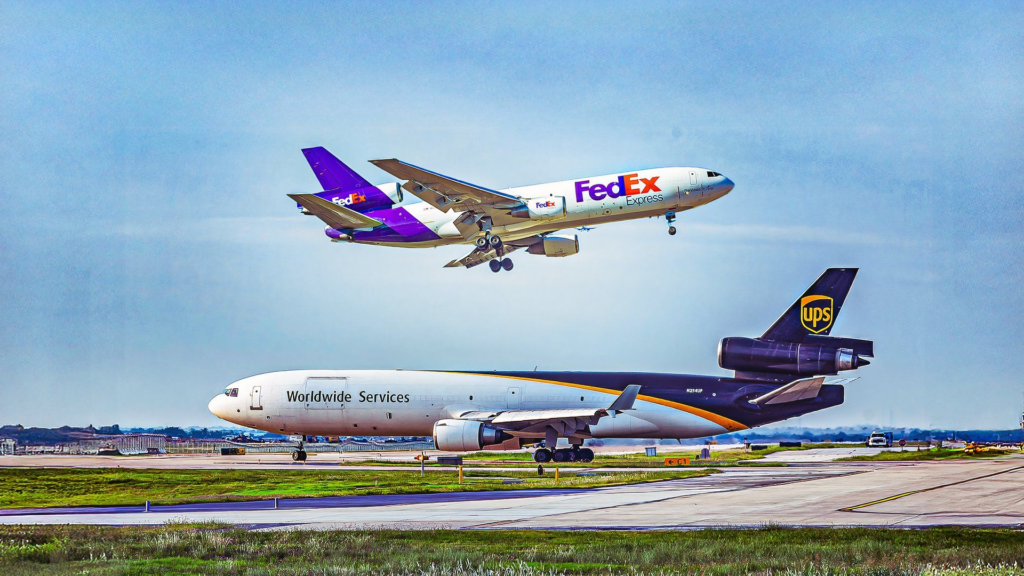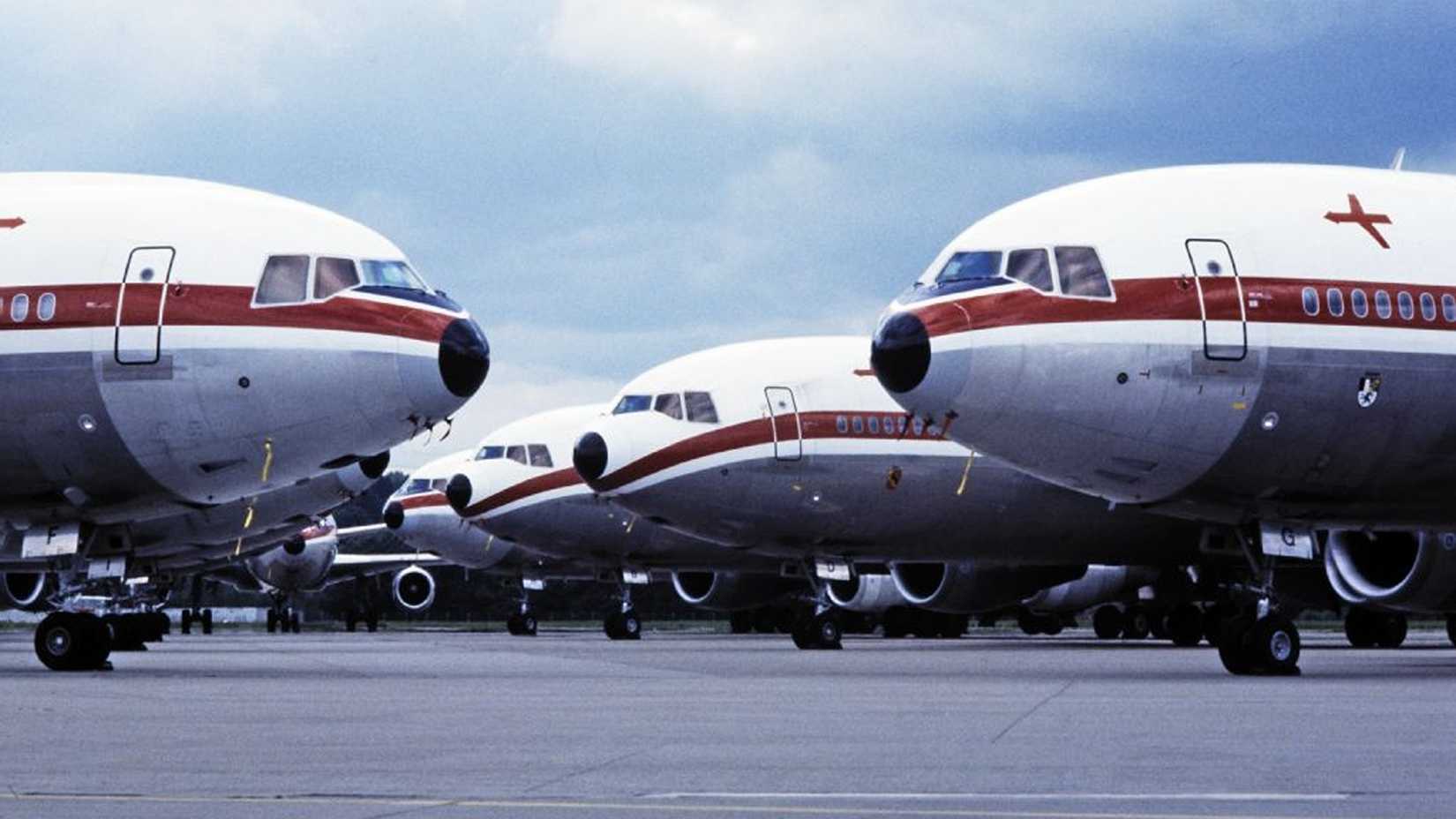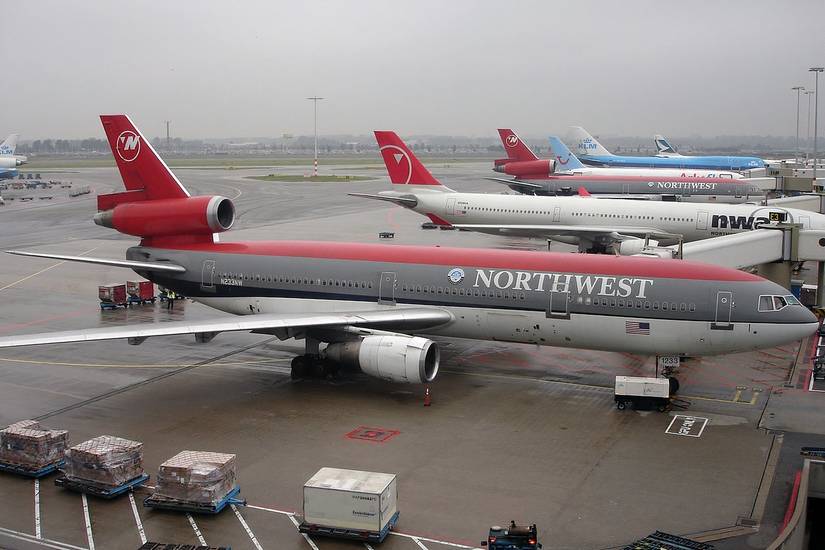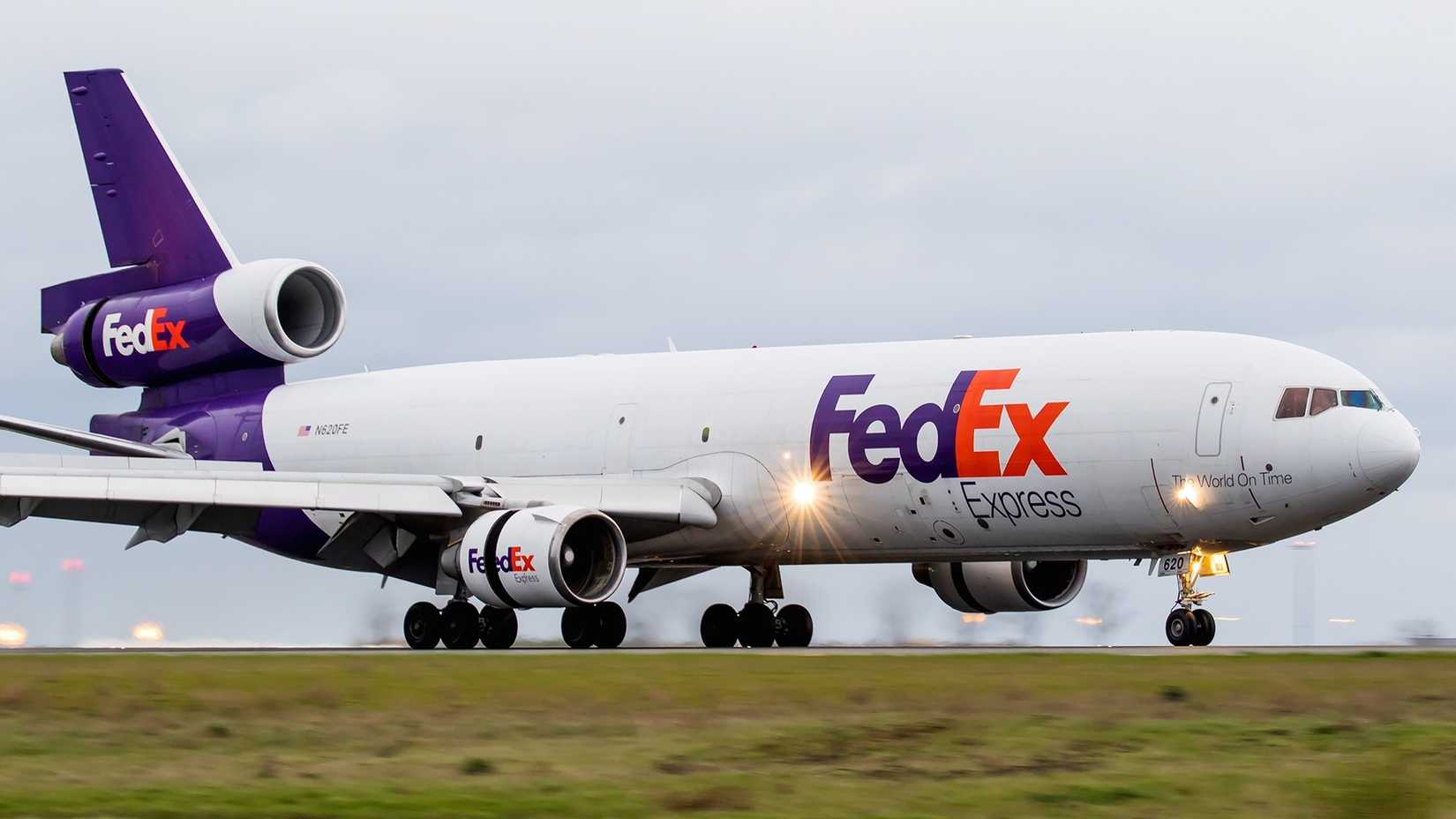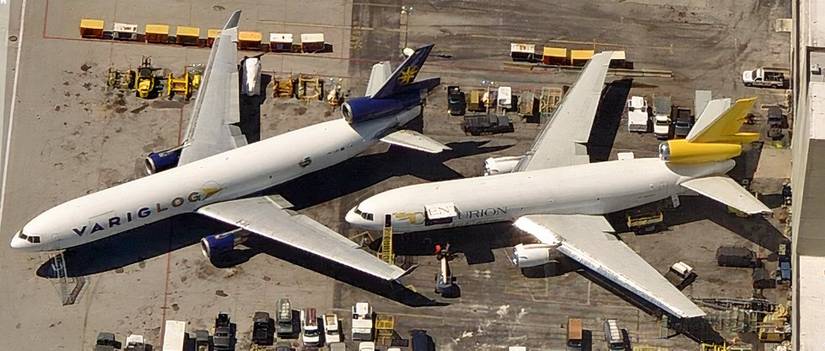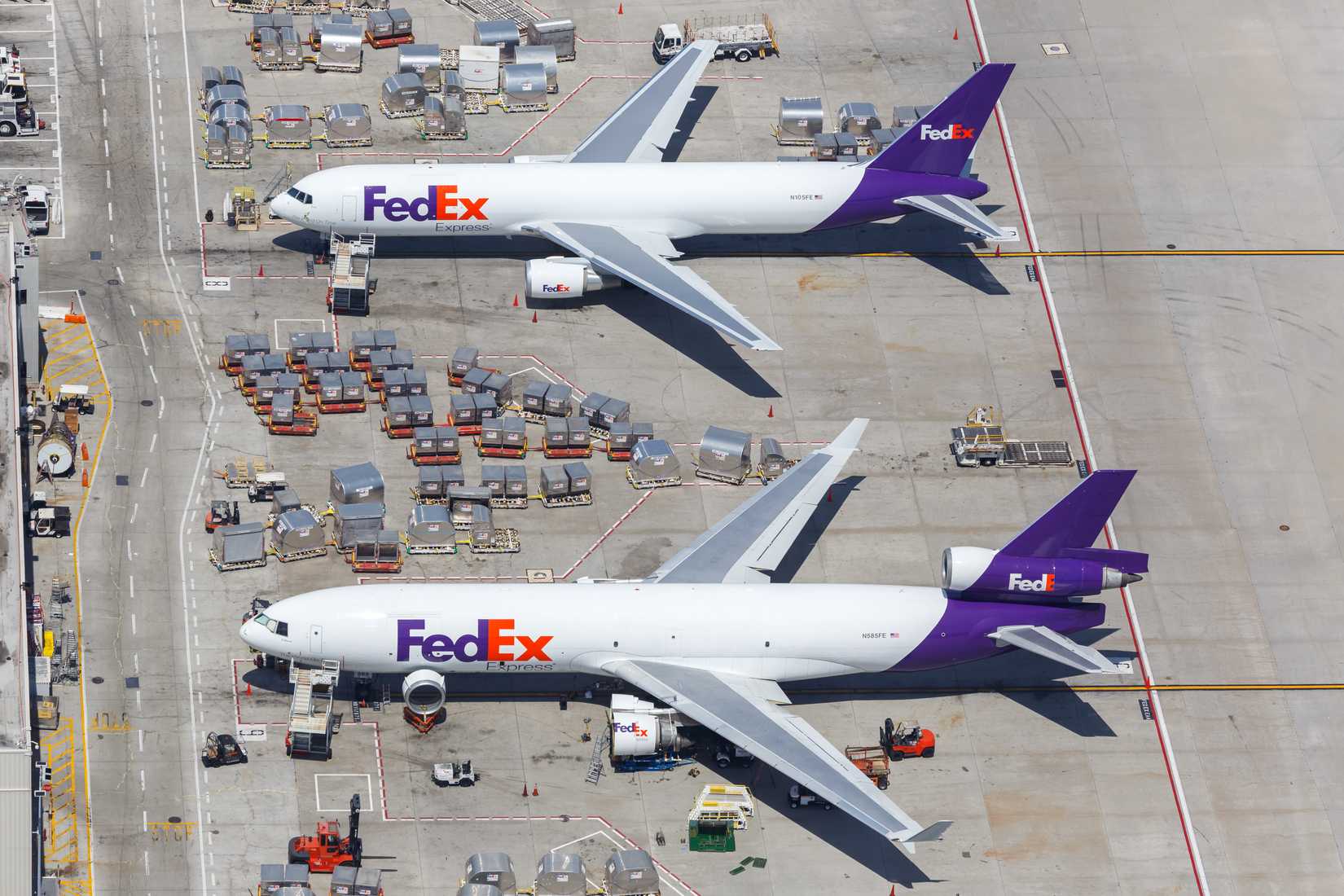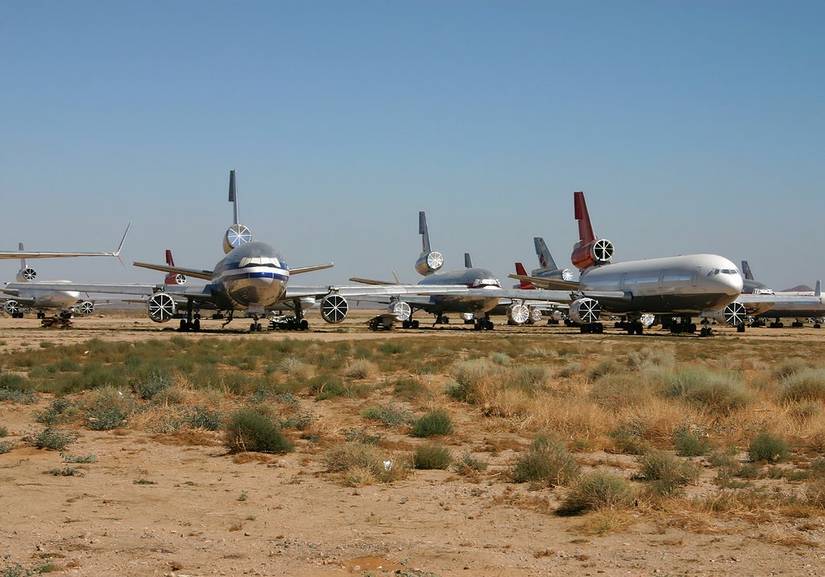Few airliners symbolize both bold ambition and the turning tides of aviation like the McDonnell Douglas DC-10 and its successor, the McDonnell Douglas MD-11. Superficially, they share a trijet layout: two wing engines and a tail engine. But beneath that lie dramatic differences in design, systems, and operational destiny.
In our article, you’ll trace the lineage from Douglas to McDonnell Douglas, explore each aircraft in depth, compare them side by side, and look at their current status — including why trijets all but vanished completely.
The Douglas Legacy & The Rise Of The Trijet
McDonnell Douglas’s story begins long before the DC-10. The original Douglas Aircraft Company, founded in 1921, became a dominant force in commercial aviation through propeller-driven airliners such as the DC-3, DC-4, and DC-6, and then early jets such as the DC-8. Over time, Douglas sought to develop a wide-body successor to the DC-8.
In 1967, Douglas merged with McDonnell Aircraft to form McDonnell Douglas, combining Douglas’s commercial aviation experience with McDonnell’s military and aerospace strengths. In 1966, ![]() American Airlines solicited proposals for a “wide-body smaller than the 747 but capable of long-range”. This request shaped what became the DC-10.
American Airlines solicited proposals for a “wide-body smaller than the 747 but capable of long-range”. This request shaped what became the DC-10.
Early design concepts included a four-engine double-deck model. Still, McDonnell Douglas chose instead a trijet single-deck wide-body. Because of regulatory constraints at the time, especially on overwater twin operations ( ETOPS limitation), a three-engine layout offered a prudent balance of performance and operational flexibility.
Thus, McDonnell Douglas committed to the trijet concept. Though Lockheed’s L-1011 also competed in that space, the DC-10 would become Douglas’s flagship wide-body entry.
The DC-10 — Ambition, Trouble & Legacy
The DC-10 first flew on August 29,1970, and entered passenger service with American Airlines on 5 August 1971, according to the San Diego Aviation Museum. It was intended to bridge the gap between narrowbodies and full jumbo jets by offering wide-body capacity without the size or runway demands of a Boeing 747, and with just three engines.
Its layout was straightforward: two engines under the wings, and a third engine embedded at the base of the vertical fin via a straight-through duct (unlike the unique S-duct used by the L-1011). According to Modern Airliners, multiple variants of DC-10: the -10, -15, -30, and -40 were built to address differing range, weight, and route demands.
But unfortunately, the DC-10’s early years were marred by serious flaws. A design problem with the cargo door latch contributed to the infamous Turkish Airlines flight 981 crash in 1974. The door blowout led to catastrophic structural failure. Later, the 1979 crash of American Airlines Flight 191 became one of the worst US airline disasters. When an engine separated from the wing, it caused substantial structural damage and loss of control, grounding the entire DC-10 fleet worldwide. These incidents eroded public confidence. The FAA temporarily grounded DC-10s while requiring modifications and inspections. Over time, McDonnell Douglas made structural reinforcements and systems upgrades, improving safety.
Despite its rocky beginning, the DC-10 found its niche. The DC-10-30 variant, with extended range and increased fuel capacity, became widely used on intercontinental routes, as described by DHL, once one of the main users of the cargo variant. Production ended in 1989. Over its lifetime, 386 DC-10s were built (plus 60 KC-10 military tankers) according to several sources.
In passenger service, the DC-10 remained in service for decades. The last scheduled passenger DC-10 flight was in February 2014 from Bangladesh to the UK. Today, a few DC-10s survive in specialized roles, notably as aerial firefighting tankers. The DC-10 Air Tanker program uses modified DC-10-30s carrying up to ~9,400 US gallons (≈ 35,583 L) of retardant.
Overall, the DC-10 stands as a dramatic success/failure hybrid: an ambitious wide-body that overcame controversy to become a workhorse for cargo and niche roles.
The MD-11 — Refinement Ambitions & Mixed Results
By the 1980s, McDonnell Douglas recognized that the DC-10 design was aging. Airlines were demanding improved efficiency and digital systems. In 1986, the MD-11 program was officially launched, with firm orders for 52 aircraft and 40 options from 10 airlines. Over time, however, several of those early orders were canceled due to the rise of twin-engine aircraft and the lifting of ETOPS restrictions.
The first MD-11 flew on January 10, 1990, with FAA certification following later that year. Finnair was the first commercial operator to receive the aircraft, taking delivery in December 1990. Though derived from the DC-10, the MD-11 incorporated many significant refinements, as detailed below.
- The fuselage was stretched by 18 feet, seven inches (~5.66 meters) compared to the DC-10-30 baseline.
- Wing aerodynamics were upgraded, and winglets were added to reduce induced drag (roughly a 2.5 % improvement).
- A smaller horizontal tail (about 30% less area than the DC-10) reduced drag and weight.
- To compensate for reduced tail authority, the MD-11 used a longitudinal stability augmentation system (LSAS) and fuel ballast in the tailplane, according to a PPRUNE forum.
- The cockpit employed a two-crew glass cockpit (six CRT displays, electronic flight management systems) under the Advanced Common Flightdeck (ACF) philosophy.
- The aircraft also included hydraulic fuses (to isolate hydraulic line failures) – an improvement over the original DC-10 design.
Still, the MD-11 suffered from performance shortfalls. Early operators criticized the aircraft for higher-than-predicted fuel burn and range limitations. Despite those problems, McDonnell Douglas and later Boeing continued MD-11 production until 2000, delivering just over 200 units. After McDonnell Douglas merged with Boeing in 1997, Boeing cut back passenger MD-11 production and focused solely on freighter variants, investing heavily in twin-engine commercial aircraft designs instead.
In passenger service, the MD-11’s tenure was limited. KLM’s last passenger MD-11 flight was in 2014. But its true legacy lies in cargo service, as many MD-11F (freighter) versions remain in operation worldwide, and some are projected to fly into the 2030s.
Side-by-Side Comparison — DC-10 vs MD-11
While the DC-10 and MD-11 share a trijet layout, their differences reflect evolving design priorities, operational demands, and technological advances.
The MD-11 is longer than the DC-10, giving it more payload capacity, cabin space, and cargo flexibility, but that stretch also increased weight and complexity. The DC-10’s wing design was simple and proven; the MD-11 refined it and added winglets for aerodynamic gains. In the DC-10, tail surfaces were larger and more forgiving. The MD-11 traded that stability margin for efficiency, requiring computerized augmentation systems to maintain stable behavior.
Pilots transitioning from DC-10 to MD-11 would notice not only differences in cockpit technology (analog vs glass, three-crew vs two-crew) but also in how the aircraft responds to control inputs. The MD-11’s computer assistance tempers potentially abrupt reactions. The MD-11’s smaller tail, compensated by LSAS and fuel ballast systems, is a hallmark of its design trade-off: fewer moving parts and drag in exchange for more controller complexity.
|
Specification |
McDonnell Douglas MD-11 |
McDonnell Douglas DC-10-30 |
|---|---|---|
|
Length |
200 feet, 10 inches (61.21 meters) |
181 feet, 7 inches (55.35 meters) |
|
Wingspan |
169 feet, 6 inches (51.66 meters) |
165 feet, 4 inches (50.39 meters) |
|
Height |
57 feet, 9 inches (17.60 meters) |
58 feet, 1 inches (17.70 meters) |
|
Engine Thrust (each) |
~ 62,000 lbf (≈ 276 kN) |
~ 54,000 lbf (≈ 240 kN) |
|
Typical Crew |
2 (advanced glass cockpit) |
3 (pilot, co-pilot, flight engineer) |
|
Range (typical) |
7,240 mi (6,280 nmi / 11,650 km) |
5,900 mi (5,130 nmi / 9,493 km) |
|
Maximum Takeoff Weight (MTOW) |
630,500 lb (286,000 kg) |
572,000 lb (259,000 kg) |
|
Cruise Speed |
Mach 0.83 (≈ 560 mph / 900 km/h) |
Mach 0.82 (≈ 550 mph / 885 km/h) |
|
Number Built |
200 (all variants) |
386 (excluding KC-10s) |
|
Production Period |
1990 – 2000 |
1970 – 1989 |
On performance: the MD-11’s newer engines produce more thrust per unit, and its aerodynamic improvements promised better range and fuel economy. But in real-world use, some of those gains were blunted by lower-than-expected performance in early service and higher weight than planned. Meanwhile, the DC-10’s earlier reputation problems actually made operators more cautious about the new Douglas product.
Ultimately, while the MD-11 is clearly a “next-generation” DC-10, the design boundaries of a trijet had already become narrower, and the MD-11’s advantages sometimes proved marginal in the face of advancing twin-engine designs.
The Current Status & The Decline Of Trijets
The DC-10 is effectively extinct in passenger service. Its last commercial passenger flight was in 2014. A small number remain in specialized roles, primarily as aerial firefighting platforms. The “DC-10 Air Tanker” fleet, converted from DC-10-30s, can carry up to ~9,400 gallons (~35,583 liters) of retardant in a belly tank.
The MD-11 is likewise retired from passenger service (the last KLM passenger MD-11 flew in 2014). But its legacy still lives on in cargo operations: many MD-11Fs remain active with major freight carriers such as FedEx, UPS, and Western Global Airlines, per Planespotters.net.
But why have Trijets (almost) disappeared? The decline of trijets is not incidental: it’s almost inevitable, given how aviation technology and regulation evolved.
- Twin-engine performance leaps. Modern twinjets now deliver the range, reliability, and redundancy once possible only with three or four engines. Advances in engine power, materials, and systems have enabled twins to safely fly ultra-long overwater sectors under ETOPS certification.
- Operational economy. Fewer engines mean lower fuel consumption, maintenance, and logistics costs (spares, inspections, etc.). Amid tight margins, airlines favor simpler, more efficient designs.
- Regulatory evolution. Over time, rules governing overwater operations (ETOPS) have relaxed, allowing twins on routes once reserved for trijets or quadjets. The MD-11’s era coincided with this shift, reducing trijet advantages.
- Legacy reputation and conservatism. The DC-10’s early accidents cast a shadow over airline and passenger confidence. Though the MD-11 sought to break that stigma, many airlines were already turning toward efficient twins.
-
Niche vs mass use. Trijets became more viable in cargo roles or special missions (firefighting, refueling), but were no longer competitive across mainstream passenger networks. With more airlines standardizing on twin widebodies (
Airbus A330
,
Boeing 777
,
Boeing 787
,
Airbus A350
), the scale to sustain a trijet fleet evaporated.
Because of these converging factors, the era of large commercial trijets is essentially over. What remains are their legacies preserved in freight fleets and aviation lore.
Milestones In Aviation
The DC-10 and MD-11 are important milestones in aviation history; both stand as monumental attempts to define the optimal balance of size, reliability, and efficiency during a time of rapid technological change. The DC-10 burst onto the scene with bold promise, suffered deep reputational wounds, then carved a lasting legacy. The MD-11 sought to modernize that foundation with glass cockpits, refined aerodynamics, and smarter systems, but it arrived too late in the trijet era.
When you compare them, the differences are telling: size, tail design, cockpit philosophy, and control augmentation — all reflect shifting priorities from brute power to finesse and automation. The DC-10 was more forgiving; the MD-11 was more precise. The former leaned on robust mechanical control; the latter blended it with digital assistance.
Today, both are largely gone from passenger skies. The DC-10 lives on in firefighting and in refueling as KC-10 Extender, though in limited numbers, and the MD-11 survives in cargo fleets, even though those are approaching their twilight. Trijets, as a design philosophy, no longer make sense when twinjets offer better economy, lower overhead, and equal or greater range under modern rules.
Both aircraft testify to a moment when engineers asked: Is three engines the golden middle? The answer, in the end, was dictated by progress, and the skies have moved on.


